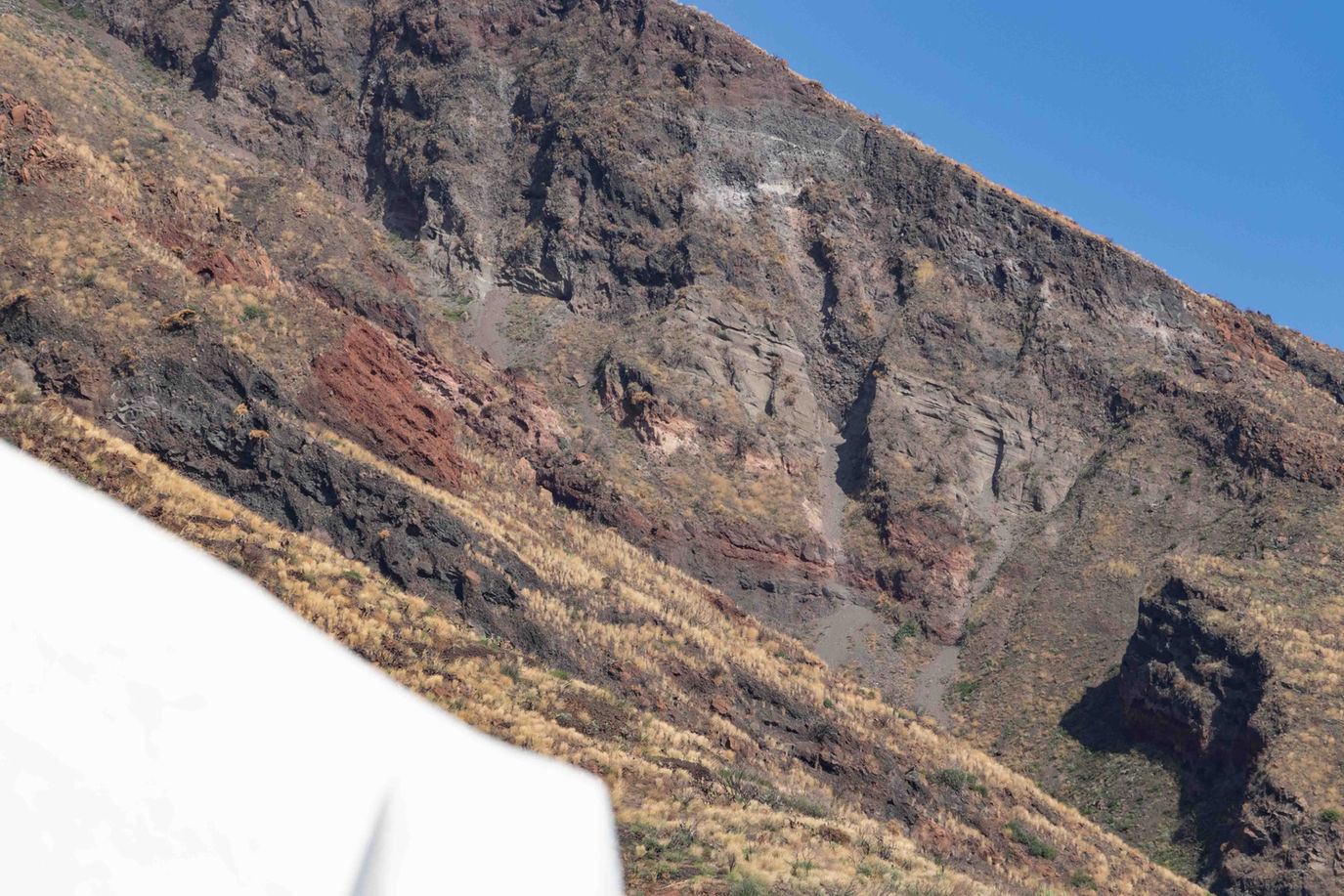ARCHIPELAGO
A life-long project for the documentation of the cultural diversity of the islands of the Mediterranean Sea.
2025 Exhibitions
ABITARE INSULARE September 28 - November 18, Italian Institute of Culture, Sofia, Bulgaria
APPRODI June 28 - September 30, ZAI Zhong Art International, Loggia Association, Florence, Italy
CULTURAS INSULARES May 22 - July 31, Festival de Fotografia de Sao Paulo and Italian Institute of Culture, Sao Paulo, Brazil (Extended!)
SALSEDINE | SJØLUFT April 24 - end of the summer, Italian Institute of Culture, Oslo, Norway
ISOLARIA February 20 - March 16 Vukovar Municipal Museum, Eltz Castle, Vukovar, Croatia
IN-BETWEEN January 30 - March 19 Italian Institute of Culture, Munich, Germany (Extended!)
2024 Exhibitions
ISOLE RELOAD September 5 - October 2 Italian Institute of Culture, Warsaw, Poland
WLOSKIE WYSPY April 9 - May 3 Italian Institute of Culture, Cracow, Poland (Extended!)
2023 Exhibitions
MONTECRISTO Since September permanently in Farm Cultural Park, Mazzarino, Italy
ITALIAN ISLANDS Feb. 2 - June 2 Italian Institute of Culture, Cologne, Germany
2022 Exhibition
ITALIAN ISLANDS June 8 - Sept. 16 Italian Institute of Culture, Montreal, Canada (Extended!)
2021 Exhibitions
ITALIAN ISLANDS Dec. 15 - March 30 Italian Institute of Culture, Hamburg, Germany (Extended!)
ARCHIPELAGO Indiegogo Crowdfunding Campaign
MONTECRISTO The Room Contemporary Art Space, Venice, Italy
Observing the islands of the Mediterranean, from the Pelagie to the Cyclades, passing through the Aeolian Islands, the Tremiti, the Pontine Islands and the Tuscan islands, the diversity of these islands is evident, in terms of location, conformation, resources and history. To live in these islands means to find a meeting point between the sea and the land, and of this relationship, the houses – with the morphology of the settlements and the architectural typology – represent a reflection of the local culture.
Most of the islands in the Mediterranean during the second half of the twentieth century have dedicated themselves almost exclusively to tourism, abandoning their history, their productive realities and therefore also their cultural identity. Italy has many examples: Elba, which since Etruscan times was an important reality of the iron and steel industry with its iron extraction quarries, or Favignana with its fishing and tuna production of which, with the Florio family, has been an important innovator worldwide. This tradition, production closely linked to the natural context in which the islands are located and that has determined the economic, social and cultural development is now annihilated and, in the best cases, remembered in museums that are visited only by the most curious visitors. The diversity of the islands tends to be remembered only as the landscape or the clear waters for which thousands of people seasonally flock to and dive in.
Born in 2018, Archipelago is the brainchild of a research project that intends to document the diversity of the islands in the Mediterranean. It considers all archipelagos and islands in the Mediterranean, particularly those which are inhabited, seeking to uncover the relationship that dwellings and architecture create with the sea and land.
It is a long-term project that is expected span 50 years, of which the first goal is mapping the Italian islands by 2028. Archipelago aims to record and valorize the cultural identity of the Italian and Mediterranean archipelagos, organized with the following three types of material:
-
photographic reportage on the living conditions with glimpses of architecture and landscapes that can give information on the relationship that was to be established with the territory,
-
maps of the archipelagos and islands, in which, in addition to the survey curves and information on the morphology of the inhabited settlements, also the bathymetric curves that characterize the seabed are shown, and
-
a selection of readings and in-depth studies recommended in an essential bibliography.
Archipelago can be useful for all of those involved in heritage, for municipal administrations or administrative and cultural bodies that deal with the protection and promotion of the territory, for scholars and teachers, or for those interested in the culture of the Mediterranean.
Archipelago makes a contribution to the 2005 UNESCO Convention for the Protection and Promotion of Cultural Diversity in relation to forms of living on the islands of the Mediterranean.
At 2025, the following islands have been covered:
-
Egadi Archipelago
-
Favignana Island
-
-
Aeolian Archipelago
-
Island of Stromboli
-
-
Maddalena Archipelago
-
Maddalena Island
-
-
Pelagie Archipelago
-
Island of Lampedusa
-
Island of Linosa
-
-
Pantelleria Island
-
Campan Archipelago
-
Ischia Island
-
-
Pontine Archipelago
-
Ponza Island
-
Island of Palmarola
-
-
Tuscan Archipelago
-
Island of Capraia
-
Island of Elba
-
Island of Montecristo
-
Island of Gorgona
-
-
Maltese Islands
-
Malta
-
Gozo
-
-
Cycladic Islands
-
Milos
-
Sifnos
-
Serifos
-
-
Kornati Islands
-
Kornat
-
Zut
-
Dugi Otok
-
-
Sporades Archipelago (Greece)
-
Alonissos
-
Skiathos
-
Skopelos islands
-
-
Dodecanese Archipelago (Greece)
-
Kos
-
Patmos
-
Team past and present
Concept, research, texts and photographs
Corinna Del Bianco
Exhibitions design
Corinna Del Bianco
Costanza Leoni
Myrto Gatou
Spencer Nash
Noora Alhashimi
Marta Marini
Maps
Costanza Leoni
Myrto Gatou
Book layout
Myrto Gatou
Crowdfunding campaign
Spencer Nash
Supporters
Paola Barlacchi
Andrea Bartoli
Giada Bonatti
Stefano Bono
Mattia Bravin
Gianluca Cabula
Eléonore Clavel
Serena D’Andrea
Giovanna Dani
Lida David
Carlotta Del Bianco
Caterina Del Bianco
Paolo Del Bianco
Nicoletta Di Blasi
Tim Fairhurst
Elena Fioretto
Alessandro Frigerio
Simona Galateo
Stefano Gambacciani
Nikos Gatos
Nadia Gatto
Lorenzo Enrico Nicola Giorgi
Niki Kalogeraki
Evamili Lagounari
Sergio Leone
Costanza Leoni
Stefano Marinelli
Marta Marini
Marco Monico
Sabrina Morreale
Colin Nash
Heather Nash
Stephen Nash
Sara Niewiejska
Patrick Ormsby
Francesca Pandolfi
Grace Pappas
Maria Chiara Pastore
Ulas Polat
Simone Privitera
Florinda Saieva
Bruno Sardine
Livia Shamir
Hara Sklika
Vanessa Spaziani
Carlos Suárez-Kilzi
Argyro Tagkopoulou
Laura Taraian
Cosimo Torsoli
Katerina Tsaoutou
Hoshino Tsuji
Namiko Yamauchi
Anja Zugcic


















